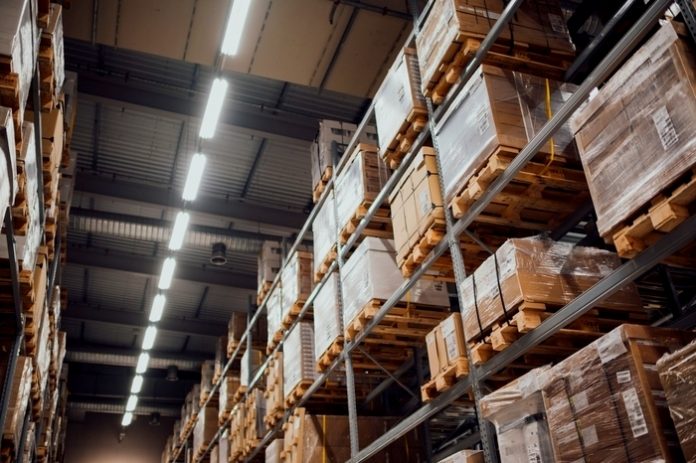According to Savills latest Spotlight report ‘the affordability of warehouse rents’, occupiers need to consider a number of non-property cost factors when looking to take new warehouse space as demand continues to outstrip supply, with vacancy rates at just 3% nationwide.
Analysis undertaken by Savills, alongside major UK logistics landlord LondonMetric and supply chain advisor Hatmill, asks whether or not rental increases are sustainable when it comes to future affordability. According to the MSCI monthly index, rental levels have gone up by 16% across the UK and 23% in London since February 2022. Looking ahead, forecasts from Realfor suggest a further 25% of growth will be seen by 2026.
However, Savills notes that rising rental levels need to be seen within a wider context, along with increasing transport, business rates, energy and labour prices. This has presented a challenge for industrial & logistics operators to deliver the required service at the lowest possible cost.
Consequently, the report has identified 43 cost factors occupiers need to consider when choosing new warehouse space. This includes metrics such as labour and property, as well as process, inbound supply, product and outbound shipping costs.
Whilst all logistics operations are different, taking these factors into consideration, a parcel delivery company for instance, would see transport account for 75% of total costs. These costs have risen by circa 12% since 2019 according to Logistics UK, increasing total operating costs by 9%. In contrast, however, a 12% increase in rent would only lead to a 1% jump when considered within the full cost stack.
The model created by Hatmill with Savills and LondonMetric, which uses anonymised data to examine the cost base of certain occupiers, suggests that parcel and e-commerce companies should be preparing for cost rises of circa 40% by 2026. Whilst this seems severe, finding warehouse space in the right location can help mitigate these increases, whilst the growth of online retail will also help companies maintain their margins. Forecasts suggest that the market will be 44% bigger by 2025 meaning margins will be maintained and rent rises manageable, all being equal.
Kevin Mofid, head of industrial & logistics research at Savills, comments: “Since the onset of the Covid-19 pandemic significant tailwinds have amplified nearly every metric associated with the logistics property market. Take-up has risen dramatically and the supply of new buildings has fallen, which has caused the vacancy rate to drop to the lowest level ever recorded. These market conditions have seen occupiers compete for the best space, which has driven rental growth. This, combined with other inflationary pressures, has seen questions asked about whether this is both affordable and sustainable for occupiers moving forward. The model created alongside Hatmill and LondonMetric helps to identify how rising costs impact occupiers, but also highlights how choosing well located warehouses can alleviate cost pressures further into the supply chain, thereby keeping overall costs manageable.”



















